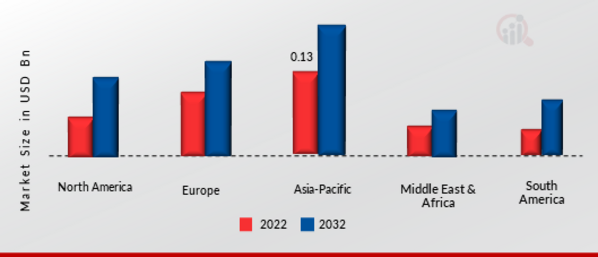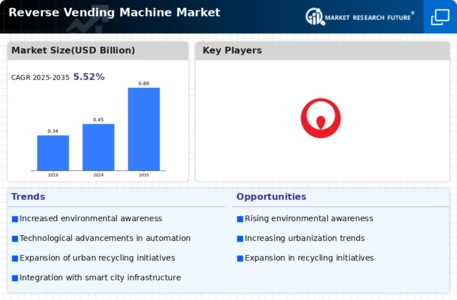By Region, the study segments the market into North America, Europe, Asia-Pacific, Middle East & Africa, and South America. Asia-Pacific accounted for the largest market share of 33% in 2022. It is expected to register significant growth during the forecast period. The Asia Pacific region is home to some of the world's largest and fastest-growing economies, including China, India, and Japan, and has a large and rapidly expanding consumer market. This presents a significant opportunity for RVM manufacturers and operators to tap into the growing demand for sustainable and environmentally friendly products and services.
China is expected to be the largest market for RVMs in the region, due to its large population and significant environmental challenges.
The European region is expected to witness the highest growth in the Reverse Vending Machine Market due to the increasing number of manufacturing industries. The RVM market in Europe is primarily driven by government initiatives and regulations aimed at reducing waste and promoting recycling. Several European countries have implemented deposit-return schemes, which require consumers to pay a deposit on beverage containers and receive a refund when they return them to RVMs. For example, Norway, Germany, and the Netherlands have successful deposit-return schemes.
In Netherlands, there are over 20,000 RVMs installed across the country, and the government aims to achieve a 90% recycling rate for plastic bottles by 2025.
Further, the Germany Reverse Vending Machine Market held a significant market share, and the UK Reverse Vending Machine Market was the fastest-growing market in the European region.
Figure 2: Reverse Vending Machine Market Share By Region 2022 & 2032

Source: Secondary Research, Primary Research, Market Research Future Database, and Analyst Review
Further, the major countries studied are US, Canada, Mexico France, Italy, Spain, Japan, India, Australia, South Korea, and Brazil.






Leave a Comment